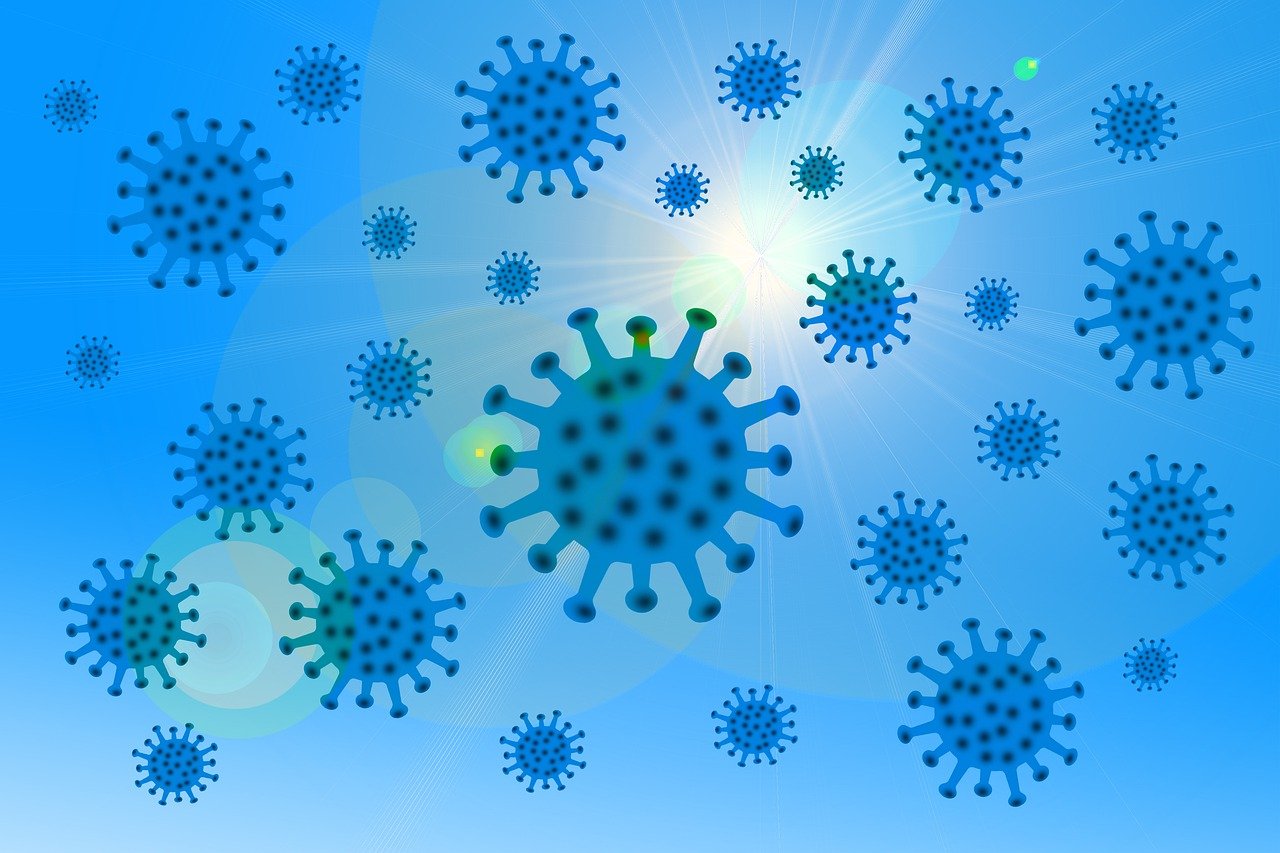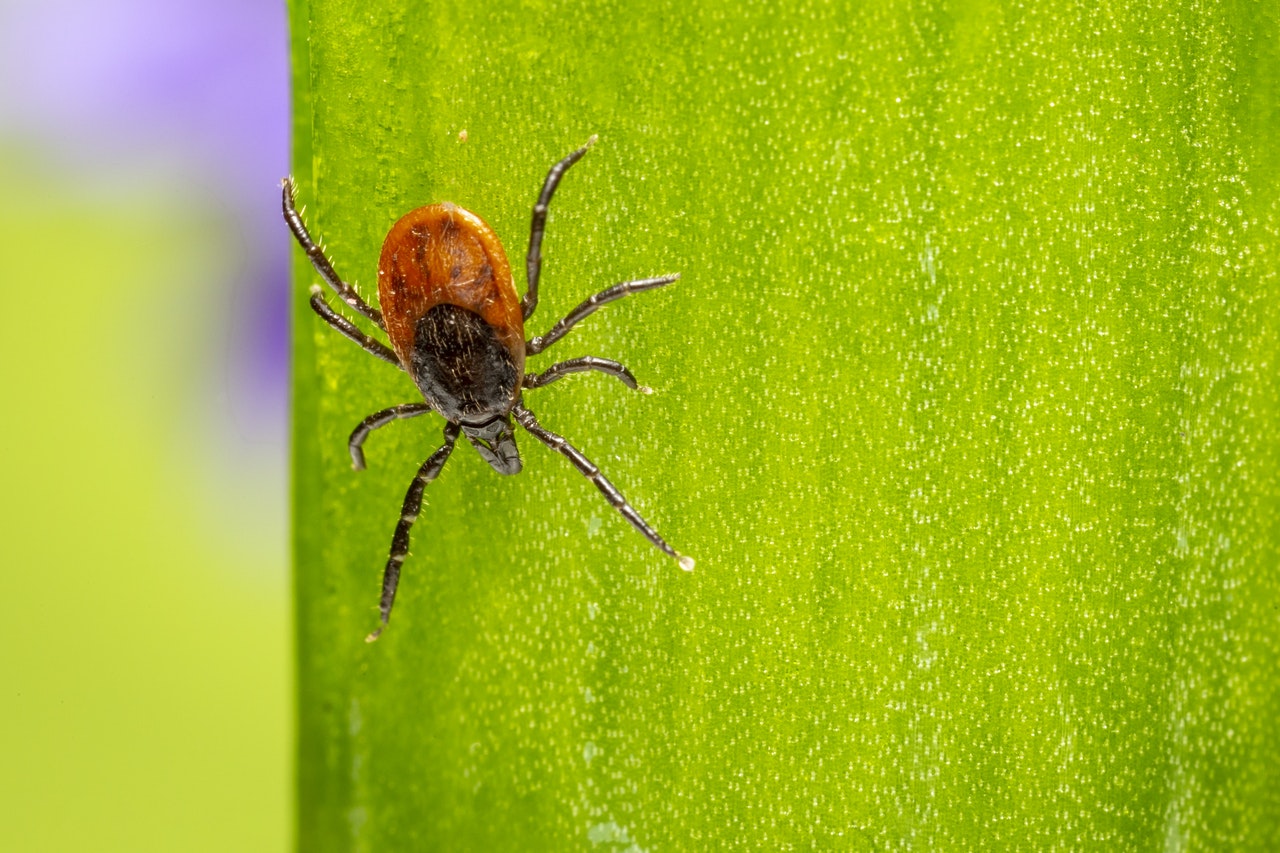Oxygen shortage can be one of the most devastating things to happen to a newborn. It can lead to babies developing epilepsy, have brain damage, experience cognitive disabilities, and possibly even death. It is a problem that changes the lives of millions of children across the globe each year and it usually happens through pregnancy, premature birth, or delivery complications.
Treatment methods for such children are very limited and often do not work but now breakthrough research by Australian and Chinese researchers shows how newborn children who suffer from hypoxic-ischemic encephalopathy (HIE) can be protected.
The study is led by Kunming Medical University in China alongside the University of South Australia. They have discovered the role of a protein from the mitochondria known as COX5a during oxygen deficiency. It is responsible for protecting neurons when such a thing occurs. Experiments found that when COX5a decreases, they can lead to the death of neurons if such cells suffer low levels of oxygen.
Increasing levels of COX5a can, therefore, protect cells when hypoxia occurs.
Researchers think that COX5a when partnered with TPI, which is another similar metabolic enzyme that protects neurons also, can be a major lead in averting brain damage in hypoxic infants.
Also Read: A New Blood Test to determine Brain Damage in Newborns
Dr. Mohammed Al-Hawwas is a UniSA Research Associate. He is hopeful that this finding will help pave way for a pre-emptive medicine that will be able to impede cell death while suffering oxygen depletion. This could help prevent brain damage in infants in the future.
Dr. Al-Hawwas explains how adverse effects of oxygen deprivation can be on infants, he says children either die right away or suffer serious lifelong conditions as a result.
There is no successful therapy so far for this life-changing condition. Besides damaging the brain, hypoxia is also able to cause lung injuries as well as heart failure. Al-Hawwas notes that they created models from cultures of cells during the study so they could understand the variations in gene expression, protein levels, and RNA gene that is linked with cases of brain HI.
They discovered from this that COX5a behaviour is seriously reduced during models of oxygen deprivation and with just an additional enzyme, cell death is prevented and neuron functions can be improved.
In China HIE happens in about 1.5 per thousand live births and about 0.2 to 0.3 percent happen in the United States annually. Statistically, around 25 percent of infants suffering from this condition pass away in the beginning year of their life, although the other 25 percent survive, they do so with life-long neurological disabilities for the rest of their lives.
Also Read: Children Show Signs Of Early Brain Aging if They Experience Trauma
Currently, the standard therapy for such an infant is hypothermia. During the treatment, the infant’s brain temperate is reduced to decrease the transimission of injury in their cells.
Dr. Al-Hawwas however notes that the effectiveness of this treatment is rather limited. This is due to the molecular mechanisms undergoing the damage in cells do not change in HIE, therefore the current research has discovered something of value and it may pave the way for future treatments to help such newborns.


